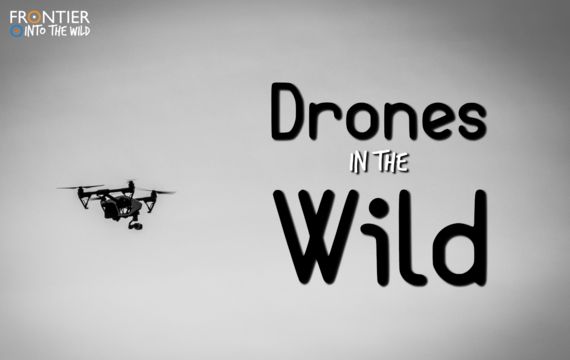
Drones have infiltrated our society quicker than anybody could have predicted. Whilst they are popular amongst wildlife and landscape photographers, can this new form of intelligent life actually prove beneficial in conservation efforts, or is it having a negative impact on nature and its inhabitants? Here we explore the development and the ethics of drones in the wild.
They take us to new heights
There's no doubt about it. Drones have introduced a new edge to photography, particularly for nature photographers. They have offered the opportunity for photography enthusiasts to go above and beyond, and create images that have never been seen before, with all sorts of panoramas being taken from all sorts of heights. Rock climber Dave MacLeod is one of those people, and has said that "[d]rones are fantastic for capturing the sense of being in the wider landscape"; this opinion is clearly shared by many, as the sales of drones is booming, and #drones is featured in just under 1.5 million posts on Instagram. But, this buzzing new trend prompts a concern; what impact is this having on the environment?
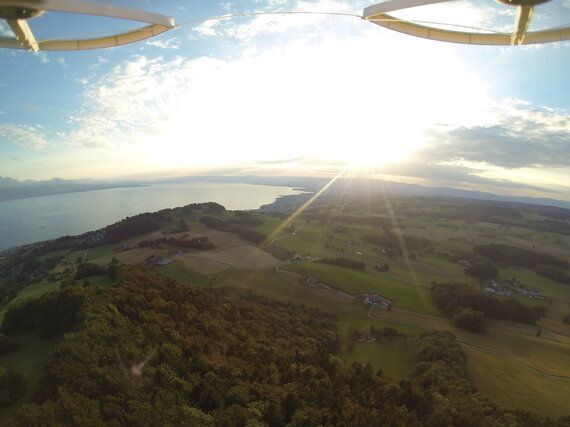
The popularity of these devices has nature lovers and outdoor purists worried, as visitor safety is as much of a concern as habitat conservation. It goes without saying that drones will cause noise pollution in quiet, secluded places, such as national parks. In addition, it is fairly easy for almost anyone to buy, and use a drone, meaning it is hard to monitor and regulate how drones are used and where. However, in July, the UK government announced new regulations, compelling owners of drones weighing more than 250g to register their details and demonstrate that they understand safety and privacy laws that affect the way they use their drones. This measure came quickly after there were several near-misses with aircraft near airports. But the question is, should regulations be extended further? Currently, flying drones is forbidden in only two of the 15 national parks in the UK (the Peak District and the New Forest), and many nature enthusiasts want this to change.
Can drones be helpful in conservation efforts?
Humans have always been curious to learn about the habitats of animals, but at the moment this research is more pressing than ever, with habitat loss and climate change having a dramatic impact on all species. Whilst using drones in the wild can be met with negative reception by environmental activists and the public alike here in the UK, the unmanned aircraft is proving to be a real game-changer in world of conservation, allowing scientists to be more ambitious and efficient with their studies. They're offering a new way for scientists and conservationists to monitor animal behaviour, their habitats and their breeding habits.
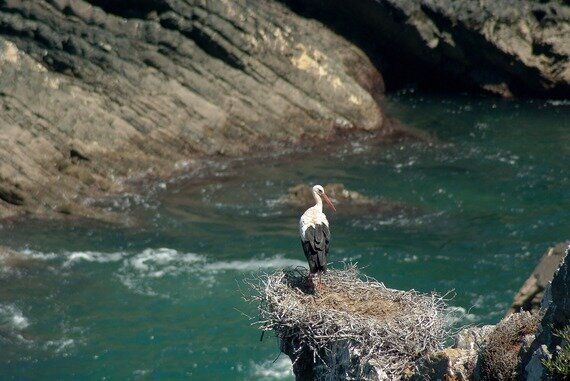
The potential of unmanned vehicles is not going unnoticed: these machines are being used to monitor migrating birds, spawning salmon and orangutans, map breeding habitats of endangered species, to deter poachers in Africa and much more. In Malaysia and Indonesia, the Orangutan Conservancy uses drones to count and map local primate populations, as the tropical jungles are so thick that it would take weeks (or even months) complete the research on foot. In addition, The World Wildlife Fund has plans to deploy remote controlled aircraft in Africa to find poachers before they strike. Research is being carried out to see how drones could help detect poachers, and if this research proves to make an impact, there is no doubt that this could help enormously with conservation efforts!
In particular, with birds often choosing to nest in locations that are hard to reach, (and for obvious reasons), carrying out vital research in the form of counting eggs and nest monitoring is often very dangerous for environmental researchers, or impossible; the introduction of drones to carry out this research for them is a real game changer.
They're making it safer for scientists to gather research, too
Drones not only allow scientists to be more ambitious and efficient with their studies, but more importantly, they make it safer for researchers to do their work. It goes without saying that it proves much easier, and safer, to monitor the habitats of endangered birds by attaching a GoPro to a small flying unmanned machine, than for conservationists to carry out the research in dangerous conditions - after all, the number one source of mortality for wildlife biologists is dying in a light plane or helicopter crash.
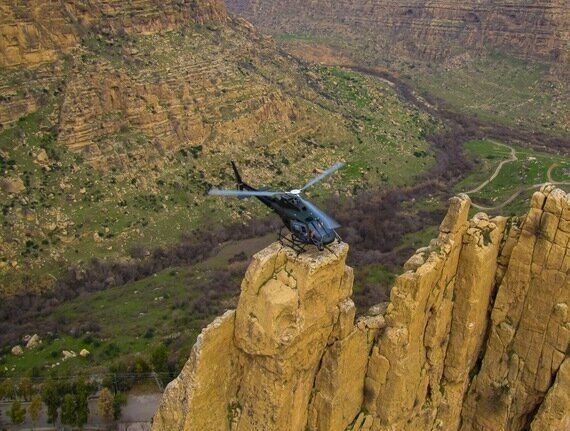
Furthermore, thanks to drones, scientists are now seeing behaviour in animals they are monitoring that is almost impossible to see from a light plane or a helicopter; a drone can capture a tiny animals' behaviour far better than a human can. They are even cutting down on labour, as a drone can do an hour's worth of work in less than ten minutes, which means more research can be done in a shorter space of time!
The ethical question, is it fair?
So now, for the important part - is all of this fair on the wild animals? David Grémillet, an ecologist for the National Centre for Scientific Research in France, couldn't have put it better, saying that "[w]e clearly see a potential for research, but only if you assess the risk to wildlife first"; after all, there's little point in using drones to better understand wild animals if those same aircraft affect the animals' behaviour.
Jarrod Hodgson, of the Unmanned Research Aircraft Facility (the URAF) helped write up an animal-drone code of conduct, and has said that "[c]urrently, we have a limited understanding of the potential impacts that drones may have on wildlife. We expect that wildlife responses will vary due to factors such as an animal's life history, its ability to detect the drone and also its environment." At this early stage in understanding the pros and cons of drones in the wild, it is important to ensure there is a balance in the research carried out. If researchers can ensure drones aren't causing a ruckus, the technology could even improve on by-foot research, which can be surprisingly disruptive. Small animals, for example, often live in tall grasses. Just by physically going close to the animal on foot, you're trampling the very habitat that they use, and altering their behaviour; whilst a drone would disrupt the animal as well, the research is crucial, so it is a matter of weighing up the better option!
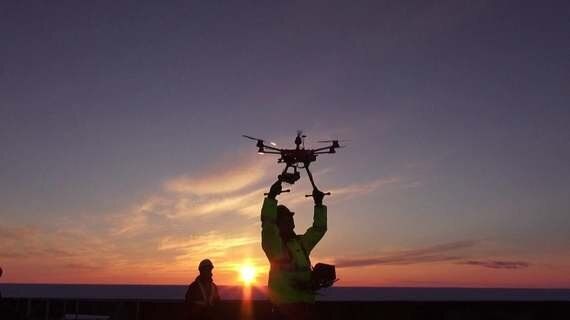
Most animal studies already require research permits, so there is no doubt that researches will need to abide by high standards for drones to have impact that improves. It should also be important that researchers have proper permits, and proper training, when using drones! As humans' grapple with their role in climate change, it may seem strange that little robots made of metal could make a difference. In the hands of scientists however, they could become powerful tools for understanding animal populations in crisis, but it is important that we are very careful about how we use them, as to not cause harm to wild animals and their habitats. It is a very thin line between right and wrong, but there is no doubt that this could be enormously beneficial to the conservation world.
By Fran Collis - Online Journalism Intern
Frontier runs conservation, development, teaching and adventure travel projects in over 50 countries worldwide - so join us and explore the world!
